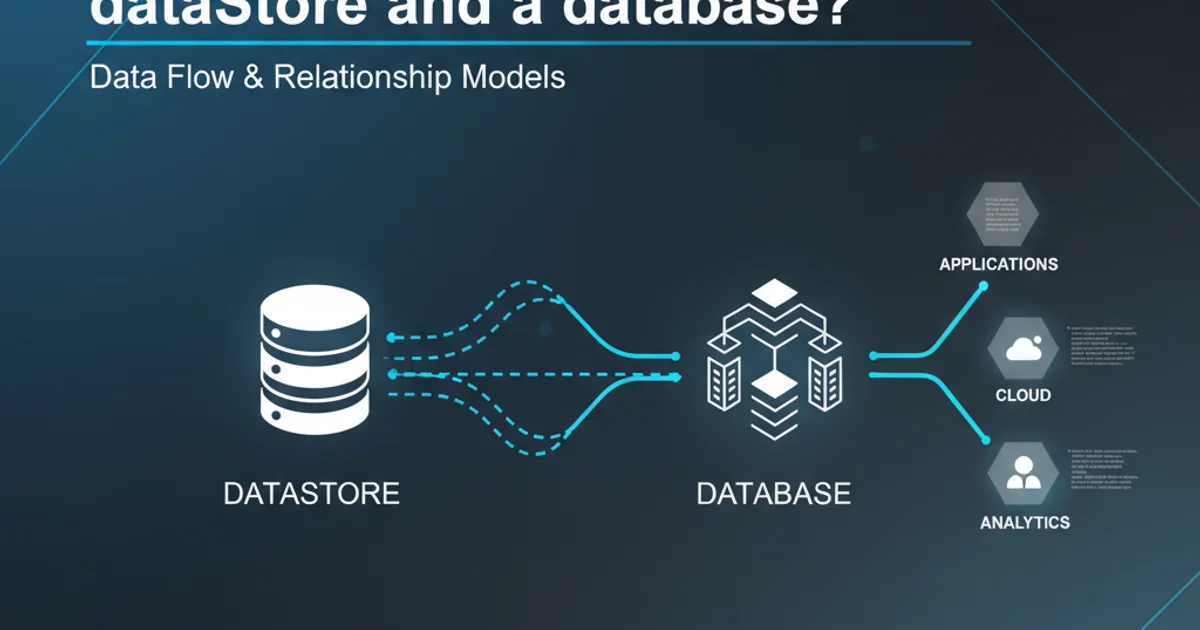How do I change the default application icon in Java?
Categories:
Customizing Your Java Application's Icon

Learn how to change the default application icon for your Java desktop applications across different operating systems, enhancing brand recognition and user experience.
When developing Java desktop applications, the default Java icon (the coffee cup) is often not suitable for a polished, professional product. Customizing your application's icon is crucial for branding and providing a better user experience. This article will guide you through the process of changing the application icon for Java Swing and AWT applications, covering different operating system considerations.
Understanding Java Application Icons
Java applications, particularly those built with Swing or AWT, use a default icon if none is explicitly set. This icon is typically the Java coffee cup logo. While functional, it doesn't convey your application's identity. Changing the icon involves loading an image file (usually a PNG or ICO) and associating it with your application's main window. The approach can vary slightly depending on whether you're setting the icon for a JFrame (Swing) or a Frame (AWT), and how the operating system handles icons for executable JARs or native installers.
flowchart TD
A[Start Java Application] --> B{Is Icon Set Programmatically?}
B -- Yes --> C[Load Custom Icon]
C --> D[Set Icon for JFrame/Frame]
B -- No --> E[Use Default Java Icon]
D --> F{Is Application Packaged?}
F -- Yes --> G[Embed Icon in Executable/Installer]
F -- No --> H[Icon Visible in Window/Taskbar]
G --> H
H --> I[End]Flowchart illustrating the icon setting process in Java applications.
Setting Icons for Swing and AWT Windows
The most common way to set an icon for a Java desktop application is by using the setIconImage() method available on JFrame (Swing) and Frame (AWT) objects. This method takes an Image object as an argument. It's best practice to load your icon image from your application's resources to ensure it's bundled with your JAR file.
import javax.swing.*;
import java.awt.*;
import java.net.URL;
public class IconExample extends JFrame {
public IconExample() {
setTitle("My Custom Icon Application");
setSize(400, 300);
setDefaultCloseOperation(JFrame.EXIT_ON_CLOSE);
setLocationRelativeTo(null);
// Load the icon image from resources
URL iconURL = getClass().getResource("/images/my_icon.png");
if (iconURL != null) {
ImageIcon icon = new ImageIcon(iconURL);
setIconImage(icon.getImage());
} else {
System.err.println("Icon file not found: /images/my_icon.png");
}
JLabel label = new JLabel("Hello, World!", SwingConstants.CENTER);
add(label);
}
public static void main(String[] args) {
SwingUtilities.invokeLater(() -> {
new IconExample().setVisible(true);
});
}
}
Example of setting a custom icon for a JFrame in a Swing application.
setIconImages(List<? extends Image> icons).Operating System Specifics and Packaging
While setIconImage() handles the window icon, the application icon displayed in the taskbar, dock, or file explorer (for executable JARs or native installers) might require additional steps depending on the operating system and how your application is packaged.
- Windows: For executable JARs, you can use tools like Launch4j or JSmooth to wrap your JAR into an
.exefile and specify an.icofile for the executable. For native installers (e.g., usingjpackage), the icon can be specified during the packaging process. - macOS: On macOS, the application icon is typically part of the application bundle (
.apppackage). When usingjpackageor similar tools, you can specify an.icnsfile. ProgrammaticsetIconImage()might affect the dock icon for running applications, but the Finder icon is set at the bundle level. - Linux: Most Linux desktop environments respect the
setIconImage()method for window icons. For desktop entries (.desktopfiles) or packaged applications, a PNG icon can be specified in the desktop file or during packaging.
# Example using jpackage for a native installer (Java 14+)
# Ensure your icon file is in the 'resources' directory
jpackage \
--input target \
--name "My Application" \
--main-jar myapp.jar \
--main-class com.example.myapp.IconExample \
--type app-image \
--dest dist \
--icon resources/my_icon.ico # For Windows
# --icon resources/my_icon.icns # For macOS
# --icon resources/my_icon.png # For Linux
Using jpackage to create a native installer with a custom application icon.
getClass().getResource() is correct. Incorrect paths will lead to NullPointerException or the default icon being used.1. Prepare Your Icon Files
Create or obtain your application icon in appropriate formats. PNG is generally good for programmatic setting, while ICO (Windows) and ICNS (macOS) are often required for native executables and bundles. Ensure you have multiple sizes for optimal display.
2. Place Icons in Resources
Put your icon files into a dedicated resource directory within your project (e.g., src/main/resources/images/). This ensures they are bundled with your JAR.
3. Implement setIconImage()
In your main JFrame or Frame class, use getClass().getResource("/path/to/your/icon.png") to load the image and then call setIconImage(new ImageIcon(iconURL).getImage()).
4. Package with jpackage (Optional but Recommended)
For a professional deployment, use jpackage (Java 14+) to create native installers. Specify the --icon option with the appropriate icon file for each target operating system.
5. Test Across Platforms
Thoroughly test your application on different operating systems to ensure the icon displays correctly in all contexts (window title bar, taskbar/dock, file explorer).